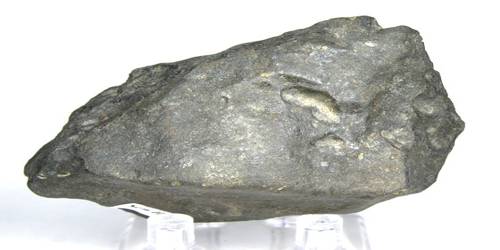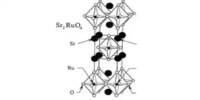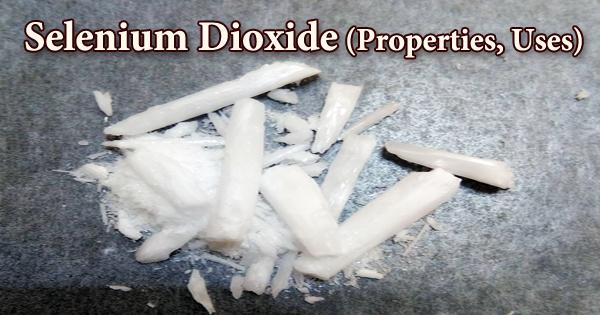Magnesium Carbonate
Definition
Magnesium carbonate (MgCO3) is a white or brown crystalline solid or crystalline powdery compound that occurs naturally as dolomite and magnesite and is widely marketed as a health supplement. It is an important ore for magnesium. Used in the manufacture of materials capable of withstanding very high temperatures. Sometimes used to produce carbon dioxide.
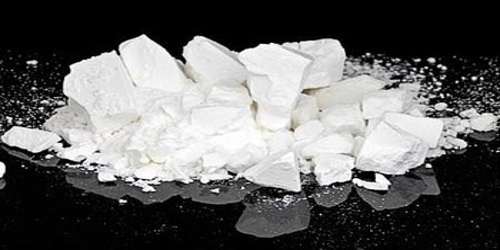
The most common magnesium carbonate forms are the anhydrous salt called magnesite (MgCO3) and the di, tri, and pentahydrates known as barringtonite (MgCO3·2 H2O), nesquehonite (MgCO3·3 H2O), and lansfordite (MgCO3·5 H2O), respectively. Some basic forms such as artinite (MgCO3·Mg(OH)2·3 H2O), hydromagnesite (4 MgCO3·Mg(OH)2·4 H2O), and dypingite (4 MgCO3· Mg(OH)2·5 H2O) also occur as minerals.
Magnesium carbonate has a wide array of medicinal properties above and beyond its role in the prevention and treatment of magnesium deficiency. Magnesium is an essential nutrient that takes part in a number of physiological processes. It is interlocked with calcium, where one of these minerals helps to control the activity of the other. Because of its ability to temper calcium’s activity, magnesium has been called nature’s calcium channel blocker. After potassium, magnesium is the second most abundant electrolyte within the cell.
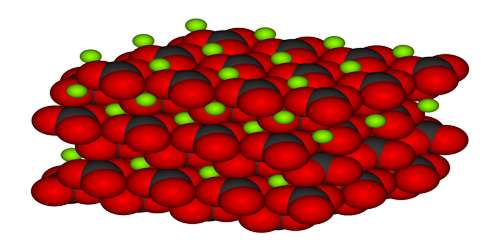
Properties and Reactions of Magnesium Carbonate
Magnesium carbonate is insoluble in water, but readily dissolves in many acids to form magnesium salts. If magnesium chloride (or sulfate) is treated with aqueous sodium carbonate, a precipitate of basic magnesium carbonate—a hydrated complex of magnesium carbonate and magnesium hydroxide—rather than magnesium carbonate itself is formed:
5MgCl2(aq) + 5Na2CO3(aq) + 5H2O(l) → Mg(OH)2·3MgCO3·3H2O(s) + Mg(HCO3)2(aq) + 10NaCl(aq)
High purity industrial routes include a path through magnesium bicarbonate, which can be formed by combining slurry of magnesium hydroxide and carbon dioxide at high pressure and moderate temperature.
At high temperatures MgCO3 decomposes to magnesium oxide and carbon dioxide. This process is important in the production of magnesium oxide. This process is called calcining:
MgCO3 → MgO + CO2 (ΔH = +118 kJ/mol)
The decomposition temperature is given as 350 °C (662 °F). However, calcination to the oxide is generally not considered complete below 900 °C due to interfering readsorption of liberated carbon dioxide.
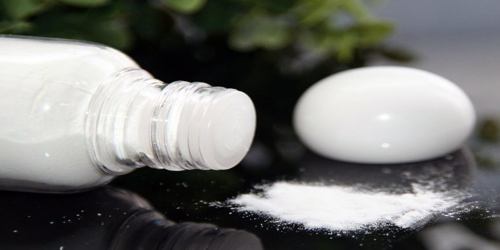
Uses of Magnesium Carbonate
Magnesium Carbonate is used in the treatment of:
- Dyspepsia
- Gastroesophageal Reflux
- Heartburn
Magnesium Carbonate is used in the prevention of:
- Magnesium Deficiency
This medication may be prescribed for other uses.
The primary use of magnesium carbonate is the production of magnesium oxide by calcining. Magnesite and dolomite minerals are used to produce refractory bricks. MgCO3 is also used in flooring, fireproofing, and fire extinguishing compositions, cosmetics, dusting powder, and toothpaste. Other applications are as filler material, smoke suppressant in plastics, a reinforcing agent in neoprene rubber, a drying agent, a laxative to loosen the bowels, and color retention in foods. In addition, high purity magnesium carbonate is used as antacid and as an additive in table salt to keep it free flowing.
Reference:

